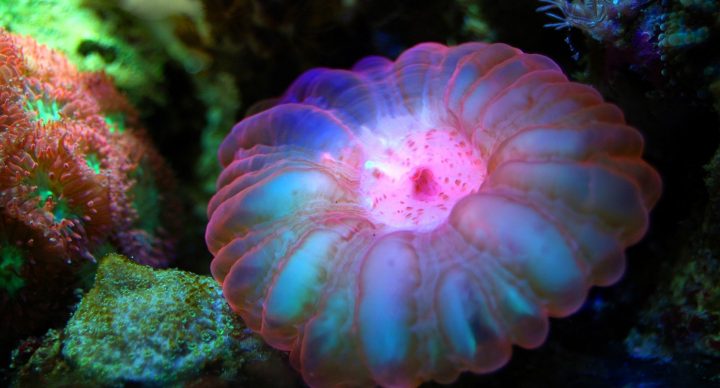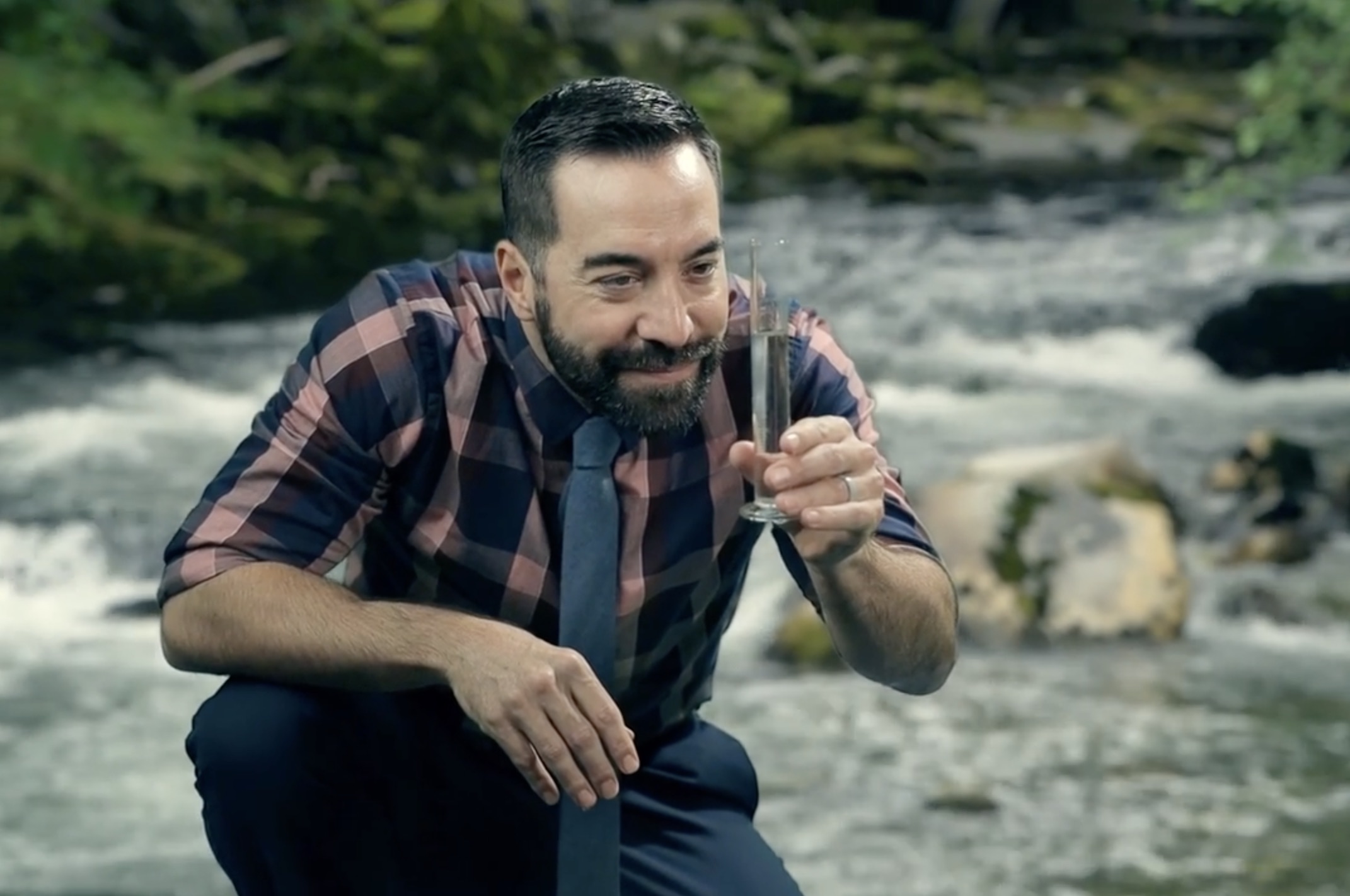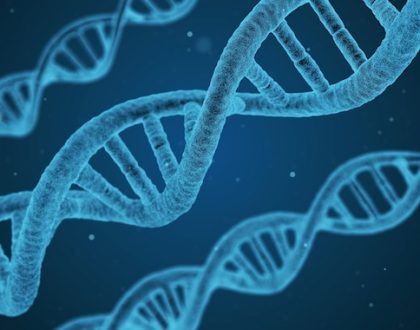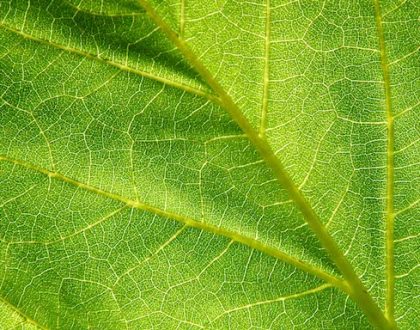Biology

Course Features
Course Details
Course Overview
Acellus Biology, a full year high school-level course, provides students with an introduction to the study of life. Students explore DNA, cells, organisms, and ecosystems. This course covers the requirements for life all over the globe and the interactions between living and non-living matter. Students will learn about the evolution of organisms and how genes are passed on through generations. California A-G approved. The Acellus Biology course is taught by Acellus Instructor Levi Goes.
Sample Lesson - Course Introduction
 This course was developed by the International Academy of Science.
Learn More
This course was developed by the International Academy of Science.
Learn More
Scope and Sequence
Unit 1 As we introduce the course, students will begin by investigating the scientific method and what goes into developing theories and hypotheses. They will also discover the importance of data accuracy and statistical analysis. Finally, learners will explore the different fields of biology and their specialties. Unit 2 In this unit, students will investigate the different characteristics of living things. Following this, they will study the various types of cells, their structures, and functions. As the unit closes, learners will examine different solutions, chloroplast, and endosymbiosis. Unit 3 Unit three examines the history and structure of DNA and how it replicates. Next, students will explore the three types of RNA and their functions. Finally, learners will study the difference between coding and non-coding segments of DNA and genes. Unit 4 In this unit, learners will discover the importance of carbon and the difference between monomers and polymers. Following this, they will study the significance of carbohydrates, proteins, and enzymes. Ending the unit, students will cover chemical bonds, cellular respiration, and finally, chemosynthesis. Unit 5 Unit five begins by examining the hierarchy of an organism. Next, students will get into the various systems that make up an organism, such as the nervous, muscular, and immune systems. The unit ends with students investigating homeostasis, stimulus, and response. Unit 6 The first half of this unit examines the various cycles of the environment such as, carbon, nitrogen and water. After this, students will explore marine, freshwater, and terrestrial biomes. As the unit closes, they will investigate Earth’s atmosphere and climates. Unit 7 This unit examines photosynthesis, light and dark reactions, and plant tissues. Next, students will study the difference between monocots and dicots, the various parts of a flower, and tree development. Finally, they will explore seedless plants, plant reproduction, fungi, and protists. Unit 8 Unit eight begins by investigating energy flow, energy pyramids, and invasive species. Following this, learners will explore ecological succession and limiting factors. They will conclude by discovering the differences between producers and consumers. Unit 9 In this unit, students will examine biodiversity, resource partitioning, and ecosystem components. Next, they will explore communities and their populations, as well as the characteristics and growth rates in populations. Following this, learners will discover symbiotic relationships and overpopulation. The unit ends by covering pollution, habitat destruction, and efforts made in conservation. Unit 10 This unit begins by exploring atoms, compounds, and elements. After this, students will cover chemical reactions, water, and pH. The final half of the unit shows students the significance of pathogens and bacterial growth, finishing with microbiomes and food microbiology. Unit 11 This unit explores cells and why they divide, followed by the cell cycle, sexual, and asexual reproduction. Next, students will examine the differences between mitosis and meiosis. The unit completes after learners investigate cancer and the differences between chromosomes and chromatin. Unit 12 Students will begin unit twelve by examining the work of Mendel, alleles, and gene regulation. After this they will study genetic disorders, genetic inheritance, mutations, and their environmental factors. Finally, learners will cover a few genetic laws and patterns of inheritance. Unit 13 Unit thirteen is about evolution, starting with Charles Darwin, the evidence supporting evolution and survival of the fittest. The final half of the unit explores heritable variation, adaptations and environmental condition. Unit 14 This unit begins by diving into the Hardy-Weinberg Equilibrium and speciation. After this, students will examine reproductive barriers, the different kinds of selection, and the bottleneck effect. They will complete the unit by investigating adaptive radiation, coevolution, and extinction. Unit 15 The final unit of this course begins by exploring binomial nomenclature, domains, and classifications. In closing, students will explore various types of phylum, such as mollusca, cnidaria, and nematoda ending with Echinodermata and chordata.
This course does not have any sections.





